

29 sep 2023
“Measure twice, cut once” is true for windows too! Whether you’re replacing old windows or adding new blinds, knowing how to measure a window accurately can save you time, money, and stress. A snug fit means better comfort, with balanced light, temperature, and humidity. While you could call in the pros, why not try it yourself? With a few simple steps and modern tools, you’ll have perfect measurements and peace of mind.
Both iOS and Android now have some nifty tech in place that allows you to measure by simply pointing your camera at an object. This can come in handy if, for example, a heavy piece of furniture or a bushy houseplant is blocking your way or the windows you need to measure are too high.
In the iScanner app, the measurement feature is available for free and premium users on both iOS and Android. All you need to do is choose Area from the list of scanning options and align the onscreen guides with the outlines of your object. Here’s what the Area feature can do for you:
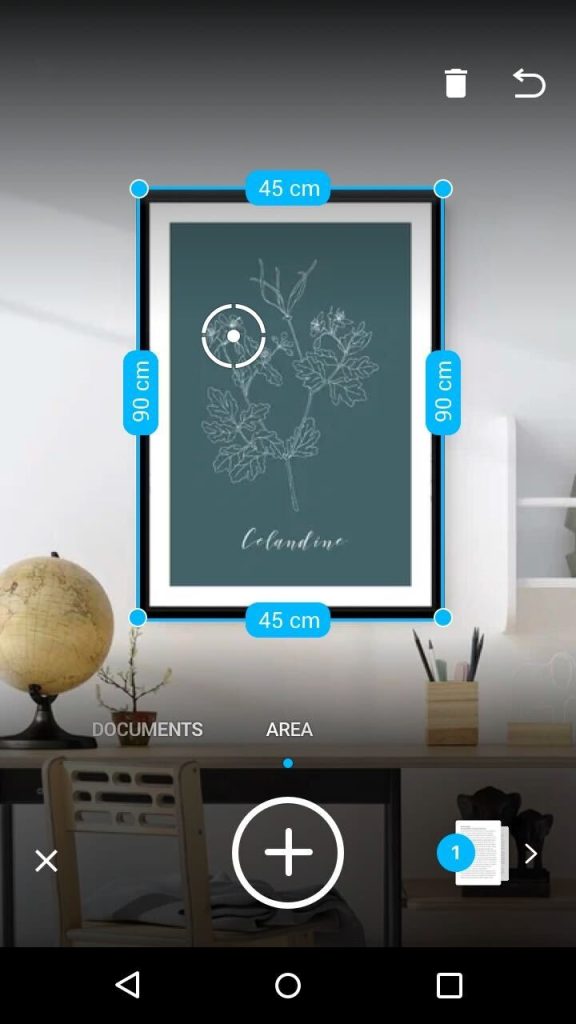
Area is not the only feature in the app that can be useful for renovation—we have a post on how iScanner can help with remodeling projects at no additional cost to you.
Whether you use your phone or a tape measure to measure a window, you’ll also need to know what to measure exactly, and we’ll be covering that as well. But first, let’s explore some professional tips on how to measure a window.
Measuring a window may appear straightforward, yet some lessons come only with experience. Fortunately, you can learn from other people’s mistakes without having to make your own. Here are several tips that professionals recommend following to ensure your windows or shades fit snugly and perfectly:
Window treatments are not just there to add style and texture to a room but can also serve important practical purposes, such as controlling the amount of light coming through your window. In fact, blinds and shades can be an absolute must-have depending on the area you live.
First, before you measure or order anything, you’ll need to decide on the mount type: inside or outside. When it comes to blinds, most people go for the inside mount because it provides a cleaner, neater look and leaves the wall and the window sill unobstructed. However, an outside mount could be useful in certain situations, for example, if you wish to hide unattractive window frames or if your window frame is too shallow.
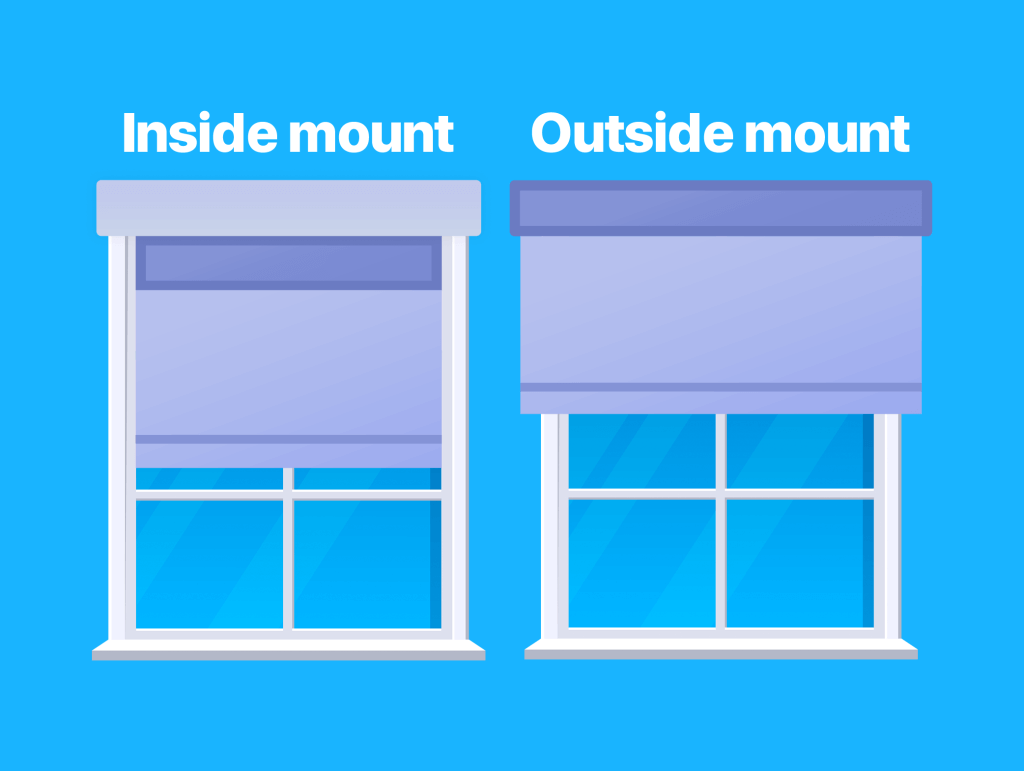
For an inside mount, you’ll need to ensure that your window has enough mounting depth. To do that, measure the distance between the glass surface and the edge of the window frame and ensure it exceeds the minimum required in the blinds’ specs. You can find the information on the minimal required depth on the product page of your chosen blinds.
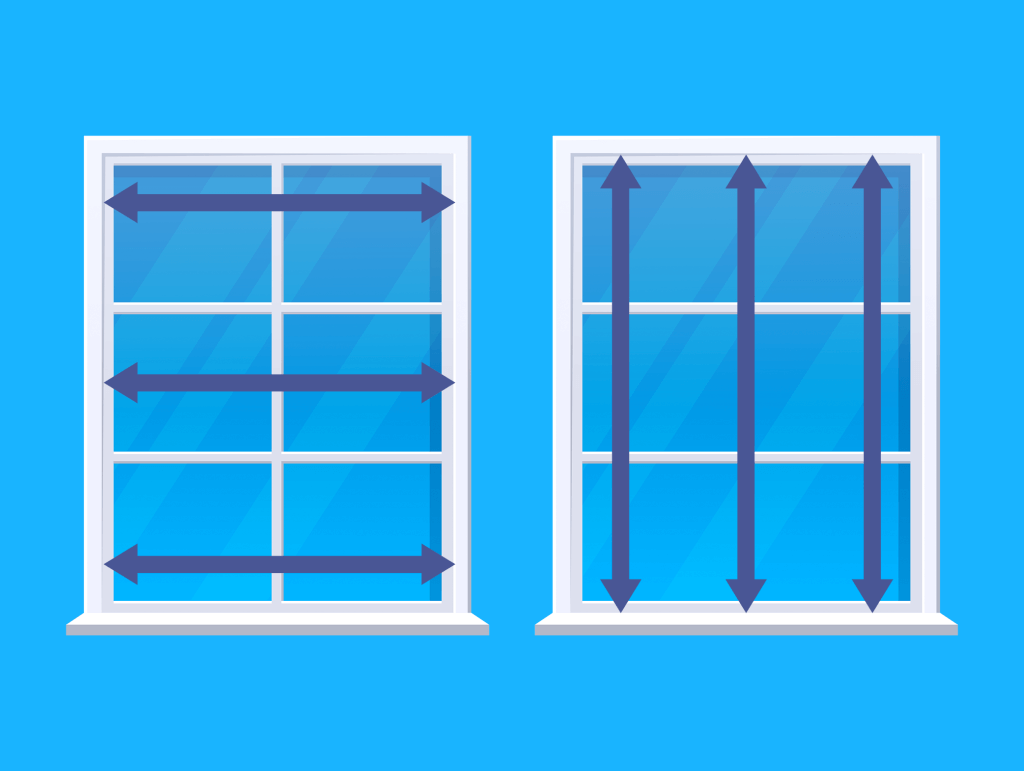
Next, measure the width and length of your window. For an inside mount, you’ll need to measure from edge to edge inside the window frame. As we’ve mentioned previously, take three measurements for each of the two parameters before you place an order.
Measuring for an outside mount is a bit more complicated compared to an inside mount. If with the latter the dimensions of the blinds will be defined by the size of your window, with an outside mount, the size of the blinds depends on how large you want to make them. There’s a general rule, however, that the blinds have to be at least two inches larger than the window opening on all sides to block out the light. The rule of three measurements applies to the length and width here as well.
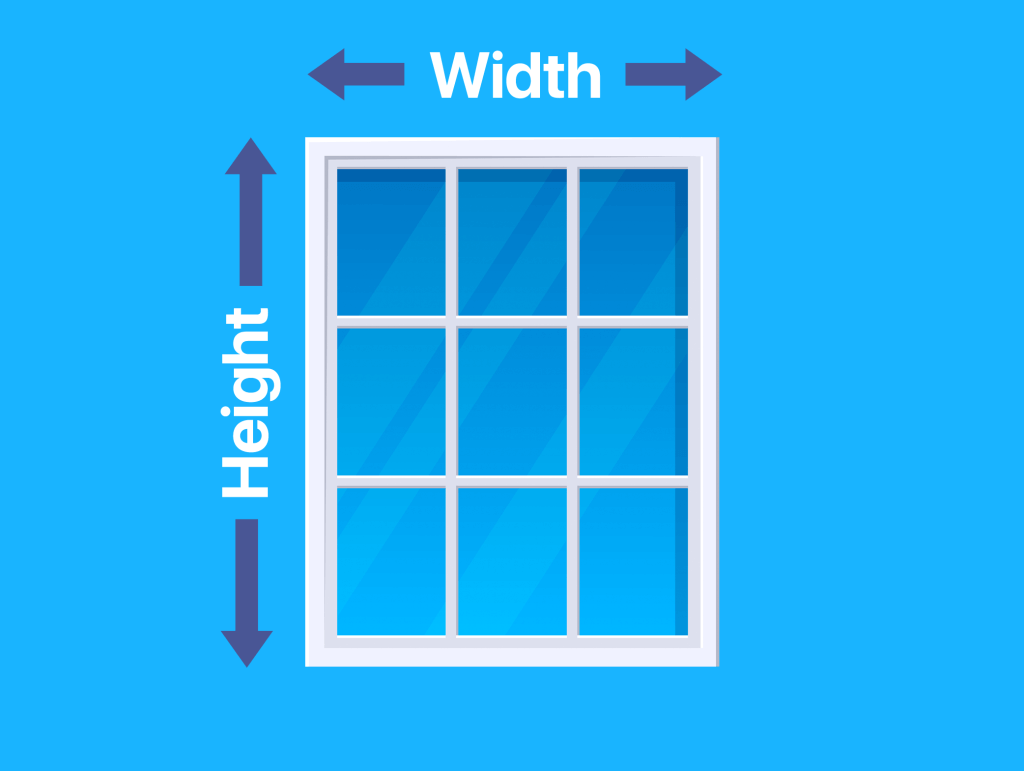
Measuring for a window replacement is trickier compared to measuring for blinds and shades. Not only is the process more complex, but inaccuracies may lead to improper window function increasing your energy bills. Also, if you do the measurements yourself and get them wrong, your supplier won’t take responsibility for that. So it might be worth it to use professional help to give yourself peace of mind.
However, if you want to get the best deal, you’ll need to compare quotes from different suppliers, right? And to request those, you’ll need to get window measurements anyway. Learning how to measure a window accurately is a good idea, even if you decide to seek professional help later on.
The tricky part is to determine where to set starting measurement points. To do that properly and get adequate measurements, it’s crucial to decide whether you’re replacing parts of the window or the whole thing with the sill and casing. Quite often people replace the moving parts only or decide to keep the window sill.
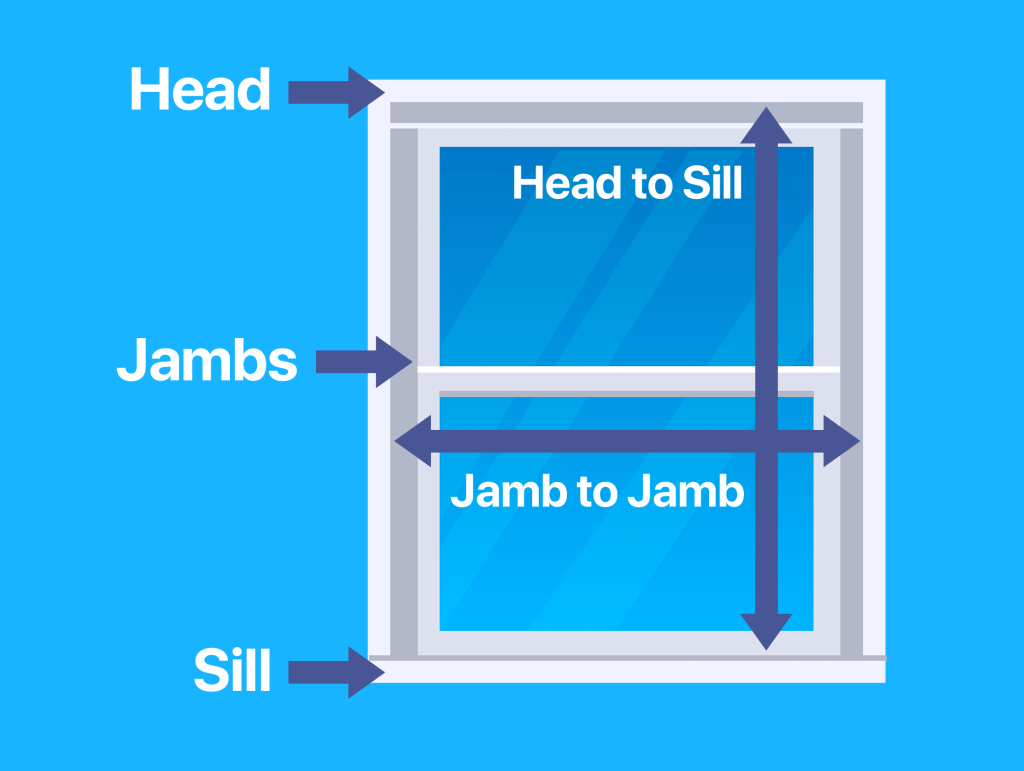
Professionals recommend following these rules when measuring a window for replacement:
We hope these tips will help you get the perfect measurements whether you opt for a time-tested tape measure or cutting-edge AR apps (or a mixture of the two because they can both come in handy in certain situations). Regardless of your preferred method, one thing remains clear—perfectly fitted windows and window treatments bring health benefits, help save on energy bills, and increase your home’s resale value.
